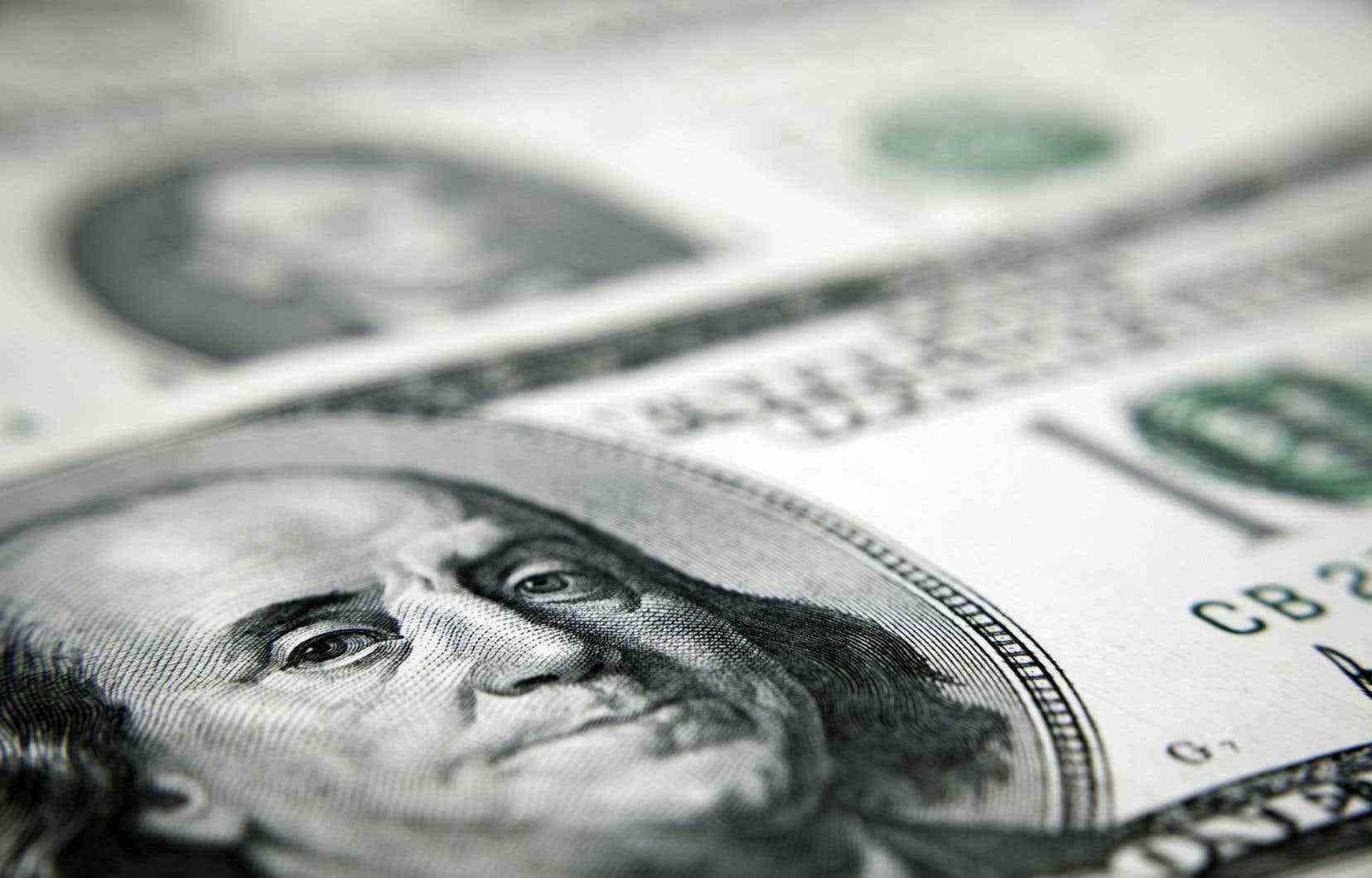The second phase of the fight against inflation has been launched in the United States, where the central bank, after raising its rates very sharply since the spring, is now slowing the pace and has drastically reduced its growth forecast for 2023.
The US central bank (Fed) on Wednesday raised its main interest rate by half a percentage point. This is now in a range of 4.25 to 4.50%, the Fed announced in a press release published after its meeting, stating that the decision was taken unanimously.
This is the highest level since 2007. And the Fed warned that it was not yet time to stop: further increases “will be appropriate”, specifies the institution.
Its officials even plan to make them climb beyond 5.00%, when they anticipated 4.6% in the previous forecasts, published in September.
Less bullish on inflation
This slowdown in rate hikes marks the start of a new phase in the fight against inflation, the Fed’s priority for months.
Faced with a rise in prices to their highest level in more than 40 years, the Fed had pulled out the heavy artillery, raising its rates by three-quarters of a point on four occasions, a level of increase at which it had previously not used since 1994.
The Fed, however, is a little less optimistic than in September on the path of inflation, and now sees it slowing to just 3.1% in 2023, when it was expecting 2.8% previously, according to the Fed. PCE index that it favors and wants to bring back around 2%.
For 2022, it expects 5.6%, against 5.4% three months ago.
It has also drastically reduced its growth forecast for 2023, now counting on 0.5% against 1.2% previously. However, it raised it a little for this year, also to 0.5%, against 0.2% previously.
The institution does not mention a recession for next year, despite the risks caused by its fight against inflation, which could slow down economic activity too much.
As for the unemployment rate, currently 3.7%, she sees it rising to 4.6% in 2023 and 2024, a little higher than the 4.4% she previously forecast.
Slow decline
The Fed’s key rate was, until March, between 0 and 0.25%, a floor level intended to support the economy during the Covid crisis by stimulating consumption.
It had also been pushed by the particularly high level of savings of Americans, at the very time when many goods were becoming more difficult to obtain because of the global supply difficulties and the shortage of labour. As a result, prices had skyrocketed.
And, if the decline has started, it remains slow.
Inflation thus slowed sharply in November, to 7.1% against 7.7% in October, according to the CPI index. This figure, released Tuesday just before the start of the Fed meeting, seems to have finally convinced the guardians of the dollar to ease off on sharp rate hikes.
“The time to slow the pace of rate hikes could come as early as the December meeting,” Fed Chairman Jerome Powell warned in late November.
The effects of the Fed’s decisions take months to be felt. Consumption, therefore, remains sustained, and the job market remains in very good health.
The labor shortage faced by American companies forces them to raise salaries to attract candidates and retain their staff.
“I don’t think we’re in a price-wage spiral,” Treasury Secretary Janet Yellen told reporters Thursday.
Joe Biden’s Minister of Economy and Finance believed that, despite “risks facing the economy”, the United States is “on the right track to slow inflation” and that “recession may be avoided”.
The European Central Bank (ECB), which will meet on Thursday, could also move on to the second phase of the fight against inflation, and slow down the pace, after having operated since July an unprecedented monetary tightening in its history.
